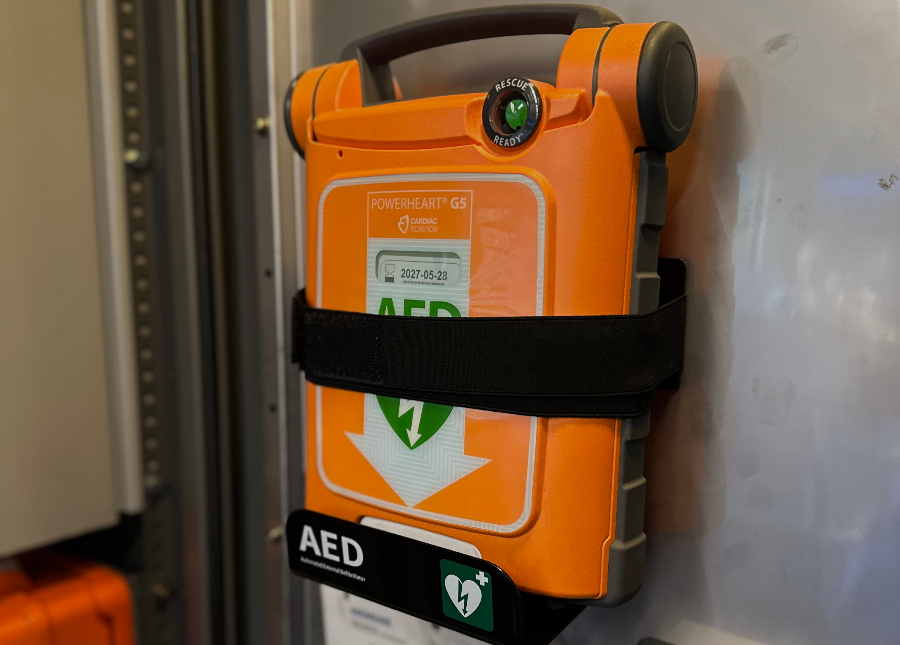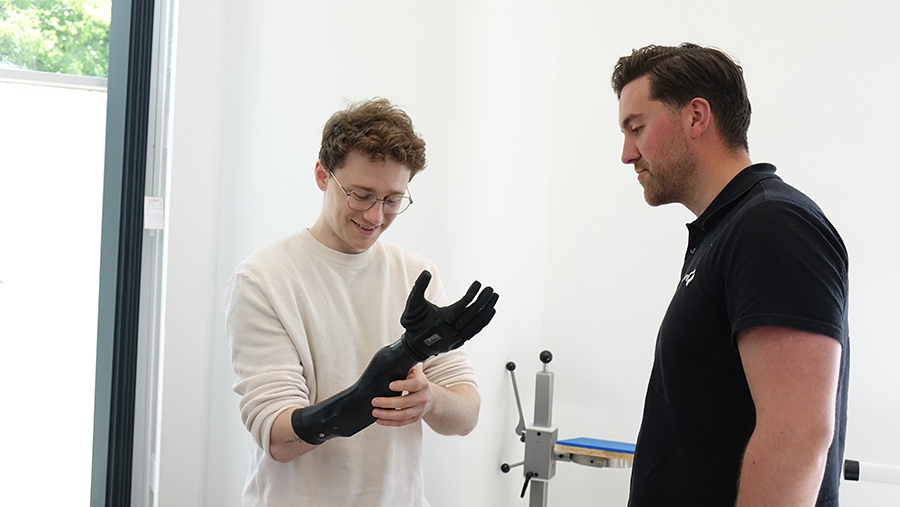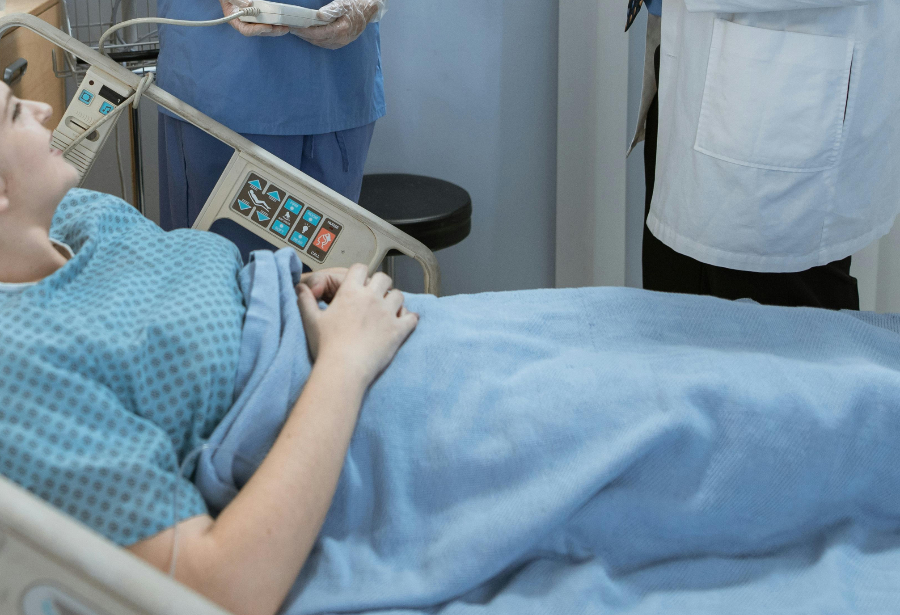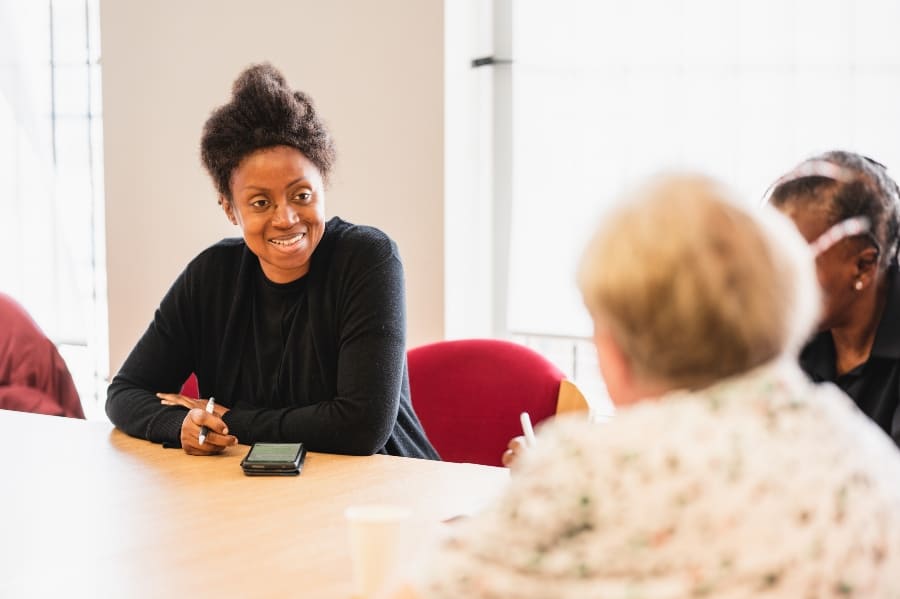-
[현장 취재/제20회 대한민국 보조공학기기 박람회] 로봇-AI 기술 접목한 하이테크 보조공학기기 선봬 – 미디어생활
•
[현장 취재/제20회 대한민국 보조공학기기 박람회] 로봇-AI 기술 접목한 하이테크 보조공학기기 선봬 미디어생활
-

South Cloucestershire Council saved £2m through bespoke occupational therapy assistive tech service
•
A case study has highlighted that South Gloucestershire Council’s assistive technology (AT) service, led by occupational therapists and technicians, has successfully transformed adult social care. The bespoke occupational therapy AT service facilitates integrates personalised, cost-effective technology solutions that facilitate independent living and embed technology into mainstream care planning and practice. Since its inception, the…
-

Emergency defibrillators installed on trains in the north of England and Scotland
•
Train operator TransPennine Express (TPE) has completed the installation of life-saving defibrillators across its fleet of 51 Class 185 trains. Siemens Mobility fitted the devices on behalf of TPE at its Ardwick Traincare Facility in Manchester. The defibrillators, which can be used by both staff and passengers in the event of a cardiac arrest, are housed…
-
-

Case study: Social media content creator fitted with advanced bionic hand
•
Born without most of his right hand, social media content creator Henrik Cox has followed prosthetic advancements from a young age. Now, he has been fitted with his new multi-articulating COVVI Hand. Henrik began making and sharing videos online in 2020 and has since amassed over two million followers across his social media channels.…
-

Webinar to discuss actions on the reclassification of guidance for powered mobility equipment
•
The Wheelchair Alliance, an organisation which represents the voices of wheelchair users, will update people about the action underway regarding the reclassification of the guidance for powered wheelchairs and mobility scooters in its upcoming webinar on 25 June 2025. The alliance will share how it works with wheelchair users, giving an example of how…
-

Professional guidance on beds and mattress standards and pressure care devices flammability safety
•
The Society of Tissue Viability (SoTV) has published various articles on standards for beds and mattresses, as well as the flammability safety criteria for pressure care devices. The articles have been written by BES Healthcare’s Dr Barend ter Haar in partnership with Jeannie Donnelly, Lead Nurse for Tissue Viability at Belfast Health and Social Care…
-

Overall NHS CHC spending decreased by 42 percent in 2023/24 compared to previous year
•
New data gathered from Winston Solicitors via a Freedom of Information (FOI) request to NHS England reveals the stark differences in NHS funding for continuing healthcare (CHC) across England’s 42 integrated care boards (ICBs). Described as a “postcode lottery”, the FOI suggests that patients are at risk due to the stark regional disparities in NHS CHC spending. The…
-

REACTION: Health and social care leaders respond to the Spending Review 2025
•
Health and social care organisations have welcomed the funding for the NHS announced in the Spending Review but are awaiting more details about the forthcoming 10-year health plan and the fair pay agreement for social care workers to see if resources and funding are properly allocated to fully support the health and social care…
-

Smart tech enables carers and health professionals to keep a remote eye on vulnerable people
•
Cutting-edge smart technology is helping to transform care options for older people in Wales, helping them to stay in their own homes for longer. Minister for Mental Health and Wellbeing Sarah Murphy learned more about technology-enabled care during visits to two projects in West Wales on 2 June 2025. She had a tour of…
